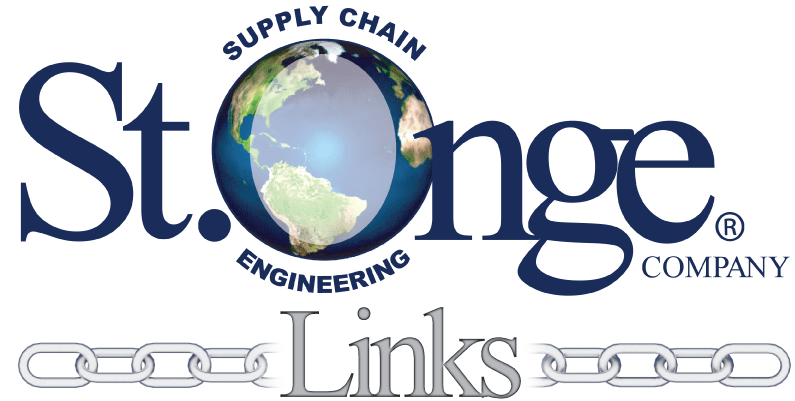
All shippers are not the same. Their company culture, size and footprint, employees’ skills, processes, products, business/industry, and customers differ. Therefore, a one-size-fits-all systems solution will not work. Good vendors recognize this and outfit Transportation Management Systems (TMS) solutions accordingly.
There are varying levels of functionality, automation, user-friendliness, and maintenance amongst TMS solutions in the market. These range anywhere from supporting a modest transportation operation to a comprehensive one. Examples of what modest and comprehensive shippers look like are below.
Modest/Simple
Comprehensive
Vendors all have their own style. Some vendors specialize in TMS functionality. Some tailor their shipper solution to a particular transportation operational complexity or a grouping of them, while others design TMS solutions for the entire range, simple to comprehensive. Then some, where their core competency is another Supply Chain Execution System (SCES) solution, fashion TMS functionality as either part of their core solution or offer it as a supporting module. Then there are the mega-suites that offer SCES within a broader suite of applications. These suites target managing the breadth of company functions, including manufacturing, human capital, and financials.
Needless to say, the TMS vendor pool is vast. To determine if your company needs a TMS (and mitigate any potential anxiety), the following steps will help you understand what is in your wardrobe
Now you should be positioned to align with all appropriate internal parties and start searching for the TMS solution (and vendor) that is the right fit for you.
Stay tuned for more blogs that continue to explore shipper OTR transportation systems.
–Jess Kittrell, St. Onge Company